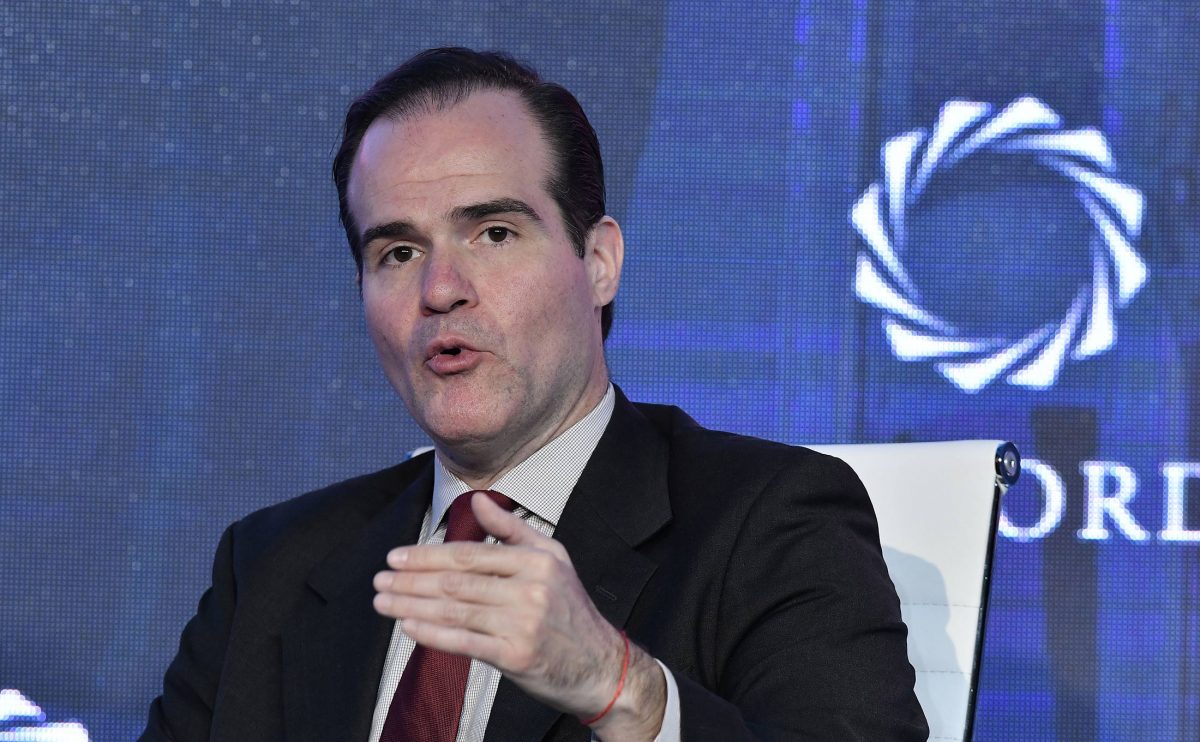WASHINGTON, (Reuters) – The new head of Latin America’s main financing institution hopes to leverage concerns about Chinese lending to win the support of U.S. lawmakers for boosting the bank’s yearly lending capacity to $20 billion as the region grapples with the COVID-19 crisis.
Mauricio Claver-Carone, a senior adviser to U.S. President Donald Trump who took the helm at the Inter-American Development Bank on Oct. 1, said he has already begun discussions with Democrats and Republicans in Congress, and expects to finalize a capital increase plan for the bank’s board by March. The United States is the IDB’s largest shareholder with 30% of the vote.
A new concept paper submitted to the Bank’s board puts the region’s financing needs at $25 billion a year at a time when it has been hard-hit by the pandemic, and lending by China, the United States and other countries is down sharply.
“The IDB could and should be at $20 billion per year in lending,” Claver-Carone told Reuters in an interview. “That would make a huge difference in the region.”
Claver-Carone said his outreach to U.S. lawmakers month before any board action was a bit “unorthodox,” but was intended to smooth the way for approval of the capital increase.
Winning U.S. support for funding multilateral institutions is usually difficult and could be even tougher during the current crisis. Some Democrats could also balk after opposing Trump’s nomination of Claver-Carone, a U.S. citizen, for a job traditionally held by someone from Latin America.
Economists say urgent help is needed, given high levels of debt across the region, and estimates that the COVID-19 crisis will push health care funding needs over $150 billion.
Argentina and Ecuador have already restructured their external debt this year, and the entire region is facing an 8.1% contraction in economic output this year, with only a partial and uneven recovery on the horizon in 2021. China pumped up lending to Latin America in the early 2000s, but backed off in recent years as a drop in exports caused by the U.S.-China trade war cut foreign currency reserves. Chinese lending dropped to $1 billion in 2019 after peaking around $35 billion a decade ago, Claver-Carone said, citing data compiled by the independent Inter-American Dialogue think tank.
Growing concerns about the lack of transparency in Chinese lending, especially to developing economies, could help rally support for an IDB capital increase, he said. “It’s a huge selling point,” he said, describing Ecuador’s continued need for Chinese lending as “Exhibit A” for why the bank needed a bigger capital base.
Ecuador recently completed a $6.5 billion financing program with the International Monetary Fund after renegotiating some $17.4 billion in sovereign bonds and winning agreement to defer the payment of principal on loans from Chinese banks.
“Ecuador was essentially forced to negotiate with the Chinese for extended financing so the debt could be more sustainable,” Claver-Carone said, adding that Chinese lending was part of what landed Ecuador in trouble in the first place.
“And I’ve made that case to Congress. Here’s a president who is trying to turn around his country, and he did everything the right way. But he doesn’t have enough money and essentially had to go back to the Chinese,” he said.
Claver-Carone said he had no prejudice towards China, which is also a small member of the IDB, but said most countries in the region would prefer to borrow from the regional institution under better financial terms, and without other contingencies.





